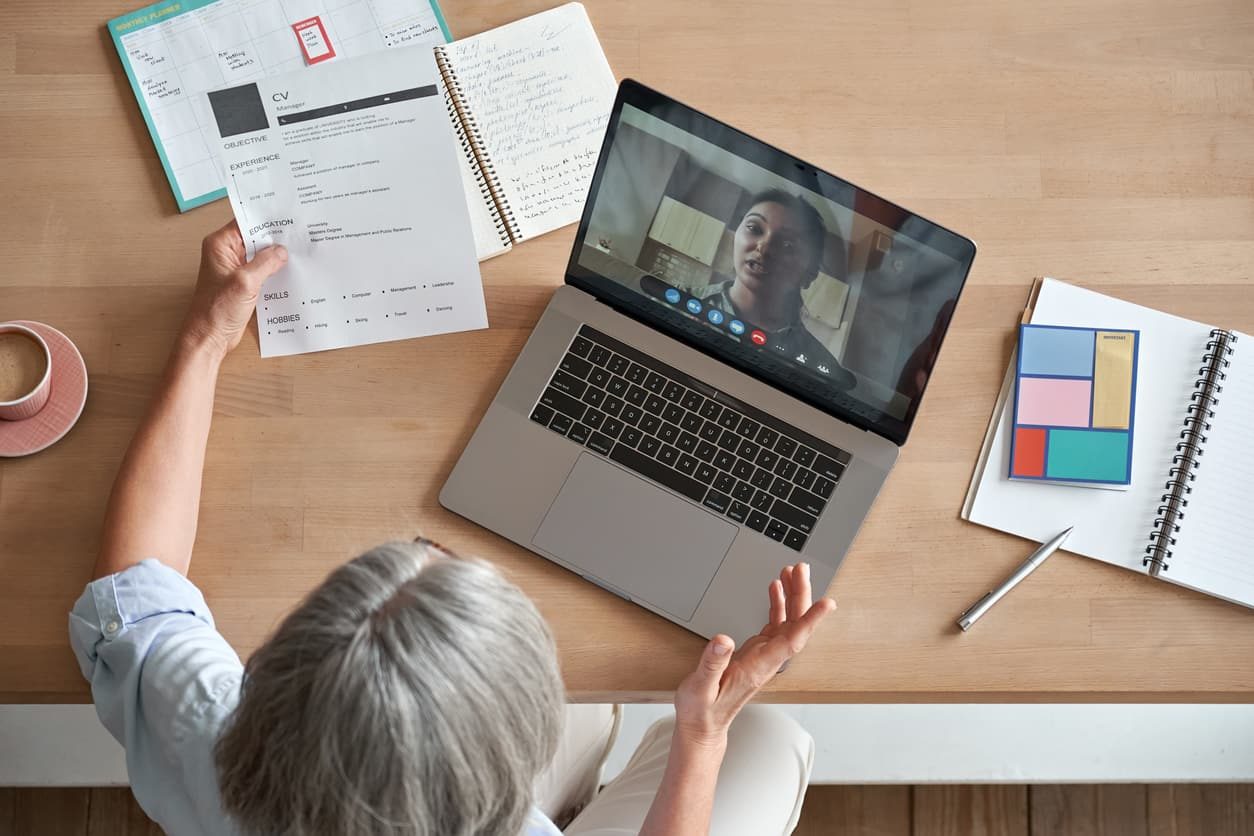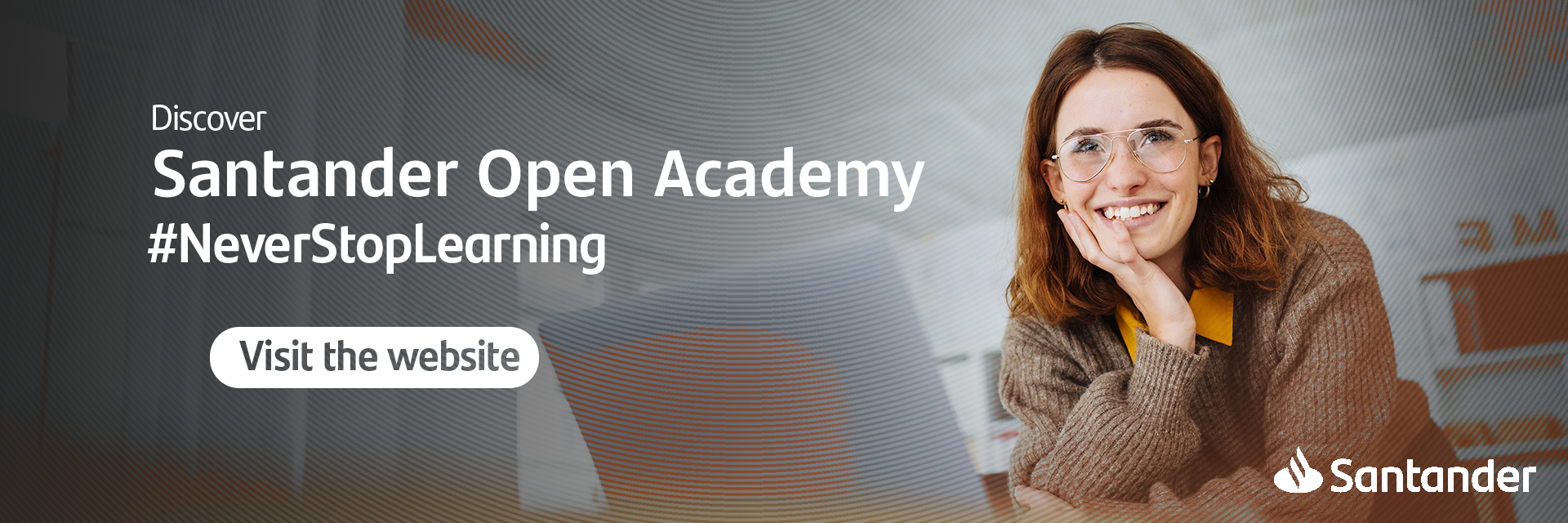B-learning: what is it and how does it work?
The pandemic triggered by Covid-19 has had a profound effect on education around the world. The sudden need to look for ways to reduce the number of students per classroom - as well as the restrictions imposed by varying degrees of lockdown - put virtual learning at the centre of the debate on teaching.
Despite the difficulties, schools had to adapt quickly and implement new education models. However, the return to the classroom has not witnessed the complete renunciation of these new methodologies, and many centres are continuing with b-learning, also known as blended or hybrid learning.
This is a mixed approach to education that combines facets of face-to-face and distance learning. There are various forms of b-learning, but they all have one thing in common: they use face-to-face resources alongside online materials. In fact, with the major advances in telecommunications, there are myriad new opportunities for b-learning, with mixed learning techniques being implemented in all types of classes, from schools to universities, opening up new routes to achieving a more rounded and accessible education.
What are the benefits of b-learning?
As the years go by, not only are new b-learning techniques and methods explored, but also the possibilities and benefits of these. This is an approach that, while initially only seeking to reduce the huge workloads of teachers, has progressed to cover such varied fields as sustainability and accessibility. So from this perspective, what are the benefits of this new approach?
Education
B-learning implies a real paradigm shift for the education process, with an immediate benefit in the quality and availability of training. This mixed approach focuses on the most important factor in education: the students.
Blended learning swaps classroom hours spent explaining theory for more independent learning, with the monitoring and support of teaching professionals. It, thus, foments the development of time management skills - a highly in-demand competence in the workplaces of today - and puts into practice the maxim that learning is greatly accelerated when we use what we've learnt to solve practical problems or perform tasks.

Accessibility
Another major benefit of the b-learning method is the ability to offer training to a larger number of participants, which can in turn reduce costs and offer educational resources to people with reduced mobility. On the one hand, it enables a larger group of people to be taught at once than traditional education. This can help mitigate the associated expense of learning, making quality training accessible to almost any socioeconomic group.
On the other hand, it offers greater flexibility, which makes it easier to fit around work, family life and other responsibilities. Likewise, in the case of people who have difficulties in physically attending schools, blended learning makes this easier. This facilitates training for people with reduced mobility and those who live in isolated or poorly-connected areas, by reducing the need to travel.
Environment
During the Covid-19 pandemic, 40% reduction in pollution levels was registered in China and India, and up to 50% in Europe, according to a report from the European Environment Agency (EEA). This shows that reducing travel has clear benefits for the environment.
B-learning not only involves scheduled hybrid training, it also allows for greater flexibility when it comes to deciding when and when not to attend in-person lessons. In addition to this, the fact that less paper is used in favour of reusable media means waste is eliminated and there is a reduced energy consumption in the classroom.
B-learning: the new educational reality
At present, there are several practical cases demonstrating how blended learning can be implemented in both the education system and the business world.
Applications in the education system
A study by the UNESCO Institute for Statistics estimates that, by 2030, some 2.3 million of the 120 million students who go on to higher education will use b-learning educational models. In fact, at present, many centres already offer a range of blended learning degrees, in the wake of the initial response to the healthcare emergency sparked by the pandemic.
One example is the High Tech High school in San Diego, a primary education centre that, with the easing of restrictions in the United States and the more or less widespread availability of vaccines, has continued to offer its students a hybrid learning option, for which it has devoted abundant resources to train and prepare its centres, materials and teachers.
Another b-learning instructional strategy, known as "flipped classroom", has for some time already been exploring the possibilities of blended learning to increase students' interest and encourage “peer teaching”, which sees students learn theoretical concepts at home through videos and reflect on what they have learned in class, under the teacher's mentoring. Eric Mazur, Professor of Physics at Harvard University, has experimented extensively with this methodology, which he has applied to all his classes, obtaining excellent results.

B-learning in the business world
In the world of work, the repercussions of hybrid working have also been noted: from recruitment to training, via being physically present during the working day itself.
One major challenge facing some companies throughout lockdown and under the restrictions stemming from the pandemic was how to deliver online training and have their staff undertake this "hybrid" work. What were previously face-to-face training sessions with physical materials have now given way to online training on blended learning platforms. Companies such as Danone or Intel have decided to deliver their training sessions using b-learning techniques.
We have reached a point where blended learning offers unprecedented possibilities and, at the same time, is in the spotlight for the educational community. This offers an opportunity to develop new methodologies in all spheres of work, although doing so requires having skilled professionals who can act as agents of change.
Do you want to develop professional skills that will help you access better job opportunities? Discover Santander Open Academy, the training space you need to keep growing.
Join our global platform for learning and professional development and access courses at zero cost, training content in a wide range of formats and scholarships from leading universities and institutions.
If, like us, you believe that we should never stop learning, sign up here and find out what we have for you!
More posts to read...
-

-
 29/09/2025 | Santander Universidades
29/09/2025 | Santander UniversidadesLearning English: the key to better job opportunities
Card text

